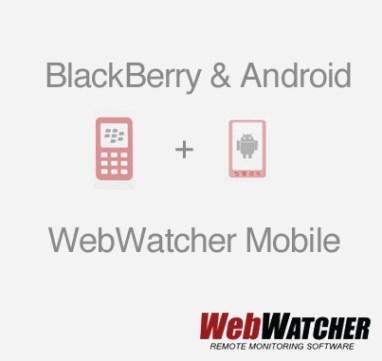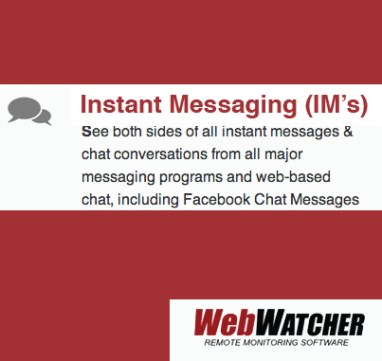Monitoring your child’s internet and smartphone use can be an important part of keeping them safe. Parental monitoring can be the best way to find out if your teen is engaging in risky behavior, being bullied, or dealing with peer pressure.
But no parent has the time to monitor everything their teen does on the internet every single day. What’s more, most parents don’t want to. As your children get older, you’ll want to be able to give them more independence and trust, not monitor their every move. That’s how they learn to navigate the adult world they’ll soon be part of.
It’s important for teens to make their own mistakes and learn from them within reason, after all. Alert word monitoring with screenshots can help you walk the fine line between protecting your children online and giving them reasonable freedom and privacy.
What Are Alert Words?
Alert words allow you to give your children and teens some privacy on the internet – and you some free time to do things other than monitoring their internet usage. The way it works is simple. You create a list of alert words in your parental monitoring software settings, and then when one of those words comes up on your child’s device, you automatically receive an alert from the parental monitoring software.
For example, if you were worried that your child might have an eating disorder, you might include words related to eating disorders in your alert words list. Some teens use hashtags like #proana or #promia to promote anorexic or bulimic behaviors and talk about how to hide those behaviors from parents, so those might be examples of words that you may want to have an alert with. Then, if your child posted those words, looked them up, or used them in a text message, you would get a notification.
What Are Alert Word Screen Shots?

Context matters when it comes to computer monitoring. There are plenty of examples of monitoring software backfiring when the context isn’t taken into account. For instance, filtering programs that are set to block out certain words, phrases, and images have been known to prevent students from being able to do legitimate research for school or for their own personal knowledge.
A filter that blocks content that contains the word “breast”, for example, might block pornography, but might also prevent a student from researching breast cancer or breast health for a science or health class, or prevent them from getting information about their own health questions.
Similarly, the use of an alert word doesn’t necessarily mean that your child is in trouble or doing something wrong. They may be, but they may also be doing research for school or trying to help a friend who is in trouble. Alert word screenshots give you the context that you need to know whether or not there’s a problem.
When your child uses an alert word, your monitoring software will take a screenshot of your child’s device. That way, you’ll not only know that your child’s internet activity included the alert word, but you’ll also have some of the context you need to determine what steps, if any, you need to take next.
Other Monitoring Features to Look For
Alert word screenshots are one useful parental monitoring feature that parents of teenagers can use to ensure that their children are being safe online and behaving responsibly, but it’s not the only monitoring feature that parents should look for.
In addition to alert word screenshots, you might want to look for other features like the ability to see deleted texts, so that you have access to information that your child might be trying to hide. Many parents also monitor GPS location, so that they can find their child, and their phone, no matter where they happen to be.
Other useful features include the ability to see a child’s website and call log history, the ability to access camera roll photos, and the ability to see which apps are being used and for how long. You may also want to look for software that allows you to see when your child downloads new apps to their device, and that gives you the option of preventing the download of new apps that you would prefer your teen not to use.
Additionally, you’ll want to choose a parental monitoring software program that lets you install the program in multiple devices and multiple operating systems, and allows you to manage it remotely from your own dashboard.
It’s not uncommon for a teen to have multiple devices, and they may use Apple, Android, and Windows products. And of course, you may have more than one child who you want to monitor. Ideally, your parental monitoring software should help you easily keep track of all of your children’s activities across all of their various devices, from a convenient dashboard.
Talking to Your Teen About Internet Safety
Whatever teen issue concerns you the most, whether it’s cyberbullying, sexting, graphic material online, or something else, it’s important to talk to your teen about those issues. Monitoring is a useful tool, but it’s not a solution in and of itself.
Solutions come from talking to your teen and preparing them for what they may encounter online, and dealing with issues as they arise. Think about the list of alert words you would make for your teen. You should also be having discussions with your teen about all of the issues related to those alert words.
Let parental monitoring software help you protect your teen online and give you the information and context you need to give your teen the guidance that they need. Parenting in the internet age can be tricky, but with parental monitoring technology and an understanding of when your teen needs independence and when they need parental oversight, you can protect your teen on the web and in daily life.
To find out more about parental monitoring software, get our risk-free trial.





